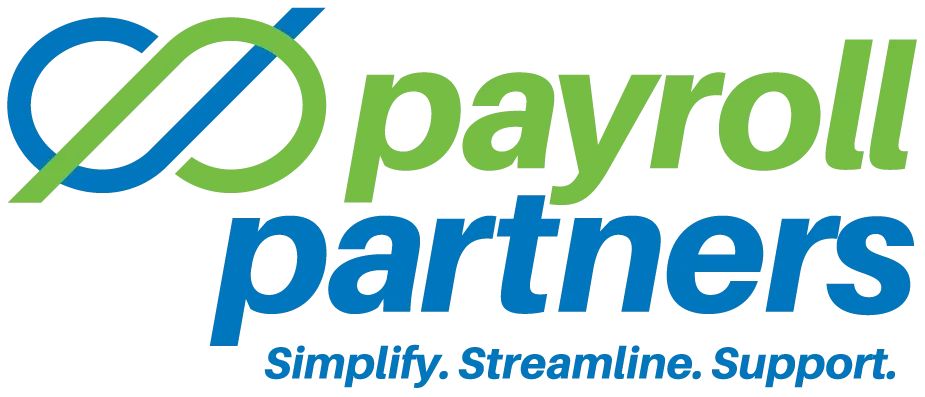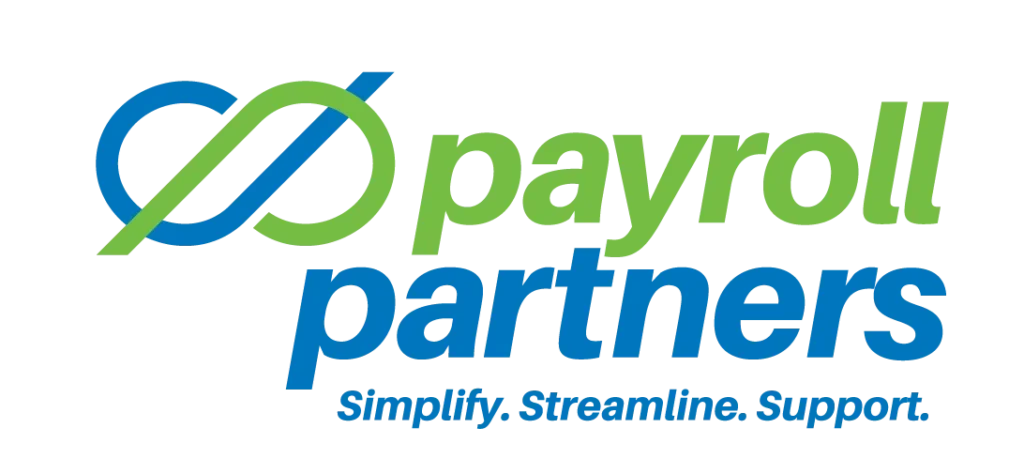The human resources function manages all things involving employees, including related rules, laws, policies and regulations. But as the HR function continues to evolve, greater emphasis is being placed on managing employees through People Operations.
What is People Operations?
Also called “People Ops,” People Operations is an HR-related function that focuses on putting employees first. Though People Ops and HR share similar duties, they may be handled by discrete departments.
How do HR and People Ops differ?
Traditionally speaking, HR is about managing employees and the practices and legalities that come with that responsibility. It is mainly concerned with compliance and efficiency — that is, ensuring the department runs smoothly. People Ops, however, is about understanding employees as individuals so they can be their best selves at work.
As stated in an article published by Forbes, “People Ops aims to understand employees holistically as individual contributors, while the traditional HR mindset views them more as a resource to be calculated and managed for efficiency.”
Whereas HR puts more weight on the logistics of employee management, People Ops is about nurturing employees and building relationships. In the end, both share the goal of driving organization growth, but how they get there often differs.
Workable.com breaks down the main differences between HR and People Ops as follows:
- HR is reactive, meaning they handle employee issues as they happen. People Ops is proactive, meaning they develop plans of action for current and anticipated issues.
- HR is execution oriented; they concentrate on tasks that need to be done, such as recruiting new people, conducting performance evaluations, establishing health and safety programs, and administering compensation policies. People Ops is strategy oriented; they focus on placing the right people in the right positions and then guiding them toward meeting business objectives.
- HR usually operates in siloed teams, which restrict information sharing with employees and discourage cross-functional collaboration. People Ops adopts multidiscipline teams, which strive for transparency across the organization.
What goes into a People Ops strategy?
Your People Ops strategy should accommodate your current and anticipated needs while leaving room to effectively deal with unforeseen changes.
A forward-thinking People Ops strategy includes the following elements:
- Strong leadership that guides employees through their entire life cycles.
- Engagement measures that keep employees present and motivated at work.
- Learning and development that improve employee skills and knowledge.
- Feedback mechanisms that keep employees abreast of their performance, help you understand how employees feel about their role and provide you with fresh insights into advancing organizational goals.
- Incentives for powering employee performance, such as career advancement opportunities, health and wellness benefits, and flexible work schedules.
The compliance and logistics sides of traditional HR are essential to organizational success. But since your employees are your greatest asset, you must dive deeply into employee performance as well. This means going beyond your HR strategy and embracing People Ops.
Original content by © IndustryNewsletters. All Rights Reserved. This information is provided with the understanding that Payroll Partners is not rendering legal, human resources, or other professional advice or service. Professional advice on specific issues should be sought from a lawyer, HR consultant or other professional.

